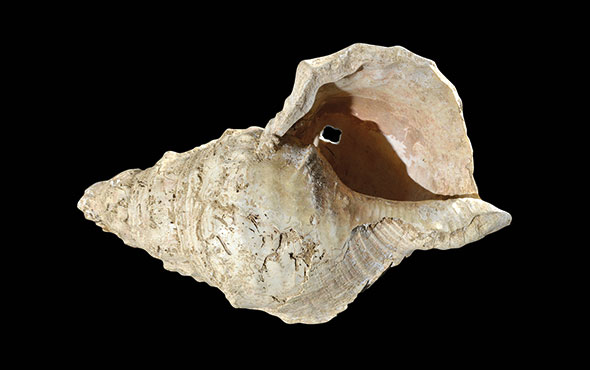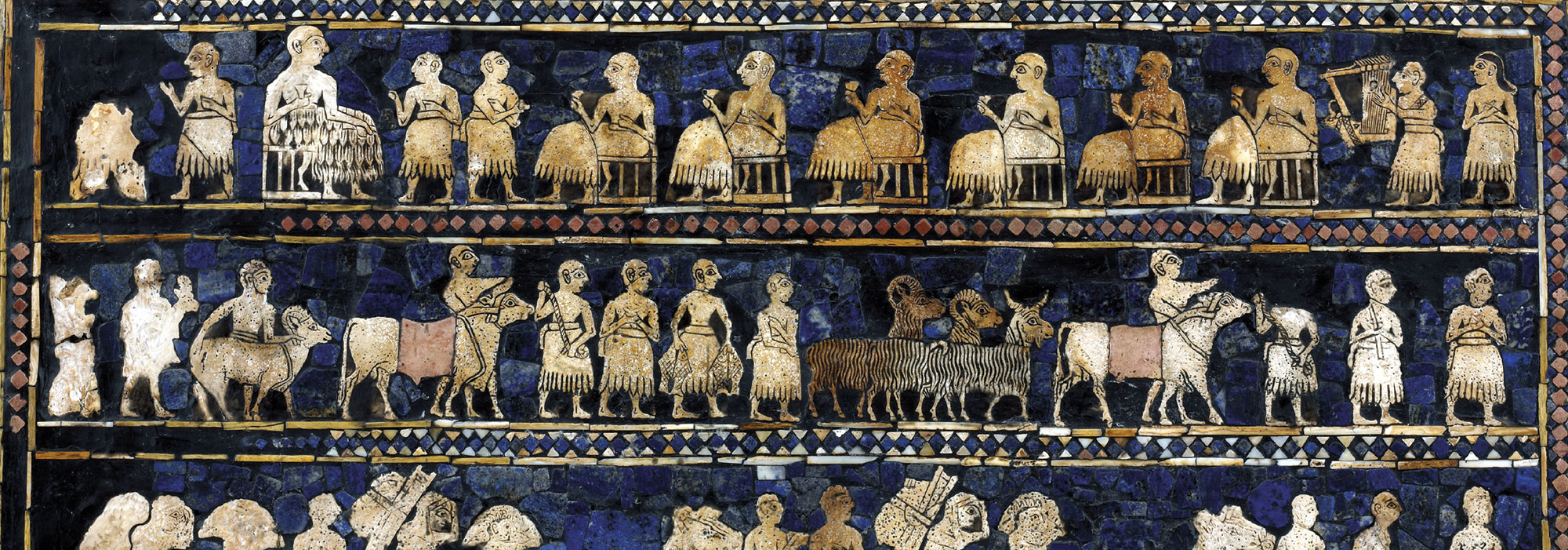DUNEDIN, NEW ZEALAND—According to a statement released by the University of Otago, biological anthropologist Ian Towle and dentist Carolina Loch examined more than 20,000 teeth from fossils and living primates and noted the position and size of any tooth fractures for clues to the diets of early humans. The researchers found that extreme tooth wear and high rates of tooth fractures were normal within the Homo genus, similar to the rate of tooth fracture found in living primates who eat a diet of hard foods. Paranthropus robustus, a human relative that lived about three million years ago, had been thought to eat a diet of seeds and nuts based upon its massive back teeth. But the researchers found a low rate of tooth fracture among the Paranthropus teeth studied, similar to modern primates that eat soft fruit or leaves. The tooth fractures observed in early humans may have also been caused by non-food items, the researchers explained, such as grit in the diet or stone tools. Teeth may have evolved to be smaller as other parts of the skull expanded, Towle added. To read about a two-million-year-old Paranthropus robustus skull, go to "Consider the Craniums."
New Thoughts on Early Human Dentition
News July 25, 2021
Recommended Articles
Top 10 Discoveries of the Decade January/February 2021
Neanderthal Genome
Vindija Cave, Croatia, 2010

Artifacts November/December 2019
Australopithecus anamensis Cranium

Features September/October 2017
The Heights We Go To
The links among extreme environments, genetics, and the human ability to adapt

Digs & Discoveries January/February 2017
Hungry Minds

-
Features May/June 2021
Last Stand of the Hunter-Gatherers?
The 11,000-year-old stone circles of Göbekli Tepe in modern Turkey may have been monuments to a vanishing way of life
 (Vincent J. Musi)
(Vincent J. Musi) -
Letter from Australia May/June 2021
Where the World Was Born
Newly discovered rock art panels depict how ancient Aboriginal ancestors envisioned climate change and creation
 (Courtesy Paul Tacon)
(Courtesy Paul Tacon) -
Artifacts May/June 2021
Magdalenian Wind Instrument
 (Courtesy Carole Fritz et al. 2021/CNRS – the French National Centre for Scientific Research)
(Courtesy Carole Fritz et al. 2021/CNRS – the French National Centre for Scientific Research) -
Digs & Discoveries May/June 2021
You Are How You Cook
 (loraks/iStock)
(loraks/iStock)


